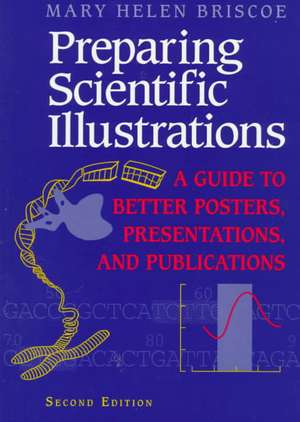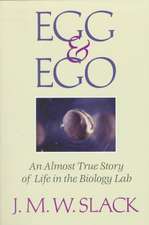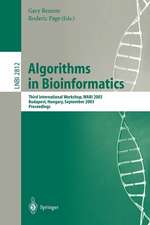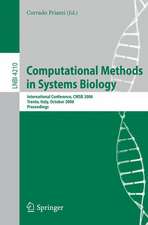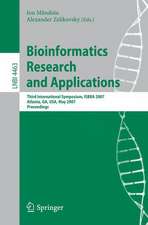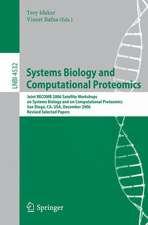Preparing Scientific Illustrations: A Guide to Better Posters, Presentations, and Publications
Autor Mary H. Briscoeen Limba Engleză Paperback – dec 1995
Preț: 638.89 lei
Preț vechi: 751.64 lei
-15% Nou
Puncte Express: 958
Preț estimativ în valută:
122.27€ • 127.18$ • 100.94£
122.27€ • 127.18$ • 100.94£
Carte tipărită la comandă
Livrare economică 15-29 aprilie
Preluare comenzi: 021 569.72.76
Specificații
ISBN-13: 9780387945811
ISBN-10: 0387945814
Pagini: 204
Ilustrații: XII, 204 p. 54 illus.
Dimensiuni: 178 x 254 x 12 mm
Greutate: 0.38 kg
Ediția:2nd ed. 1996
Editura: Springer
Colecția Springer
Locul publicării:New York, NY, United States
ISBN-10: 0387945814
Pagini: 204
Ilustrații: XII, 204 p. 54 illus.
Dimensiuni: 178 x 254 x 12 mm
Greutate: 0.38 kg
Ediția:2nd ed. 1996
Editura: Springer
Colecția Springer
Locul publicării:New York, NY, United States
Public țintă
ResearchCuprins
1 Introduction.- Learning to Communicate Visually.- An Intention to Communicate.- Good Illustrations.- Planning the Figure.- 2 Drawings and Diagrams.- Line or Continuous-Tone Drawing?.- Doing Drawings.- 3 Photographs.- Photographic Reproduction.- Photographic Figures.- Photomicrographs.- Gels.- Video Images.- 4 Charts and Tables.- Charts.- Tables.- Tables for Slides.- 5 Molecular Graphics.- Genetic Sequences.- Restriction Maps.- Molecular Models.- Software Comparison.- 6 Graphs and Software.- Kinds of Graphs.- Graph Design.- Axis Lines.- Ticks.- Labels.- Label Position.- Design Symbols and Lines.- Texture and Contrast.- Arrows and Brackets.- For Good Graphs.- Graphing Software.- 7 The Journal Figure.- Journal Instructions.- Reduction.- Format.- Labels.- Consistency.- Final Preparation.- The Printing Process.- 8 Slides.- Slide Format.- Labels for Slides.- Color.- Word Slides.- Slides From Books and Journals.- Overhead Transparencies.- Making Slides and Overheads.- 9 Posters.- Plan the Poster.- Poster Text.- Figures.- Poster Layout.- Poster Production.- Poster Purpose.- 10 Using an Illustrator.- Communicate with the Illustrator.- The Illustrator and the Computer.- The Illustrator as a Resource.- 11 Using a Computer.- Letters, Fonts, and Styles.- Use Computer Options to Simplify and Organize.- Computer Drawings and Diagrams.- Bit Mapped versus Vector-Based Graphics.- Computer-Generated Graphs.- Computer Printout.- Conclusions and Suggested Readings.- 12 Drawing by Hand.- Trim, Mount, and Label Tracings.- Trim, Mount, and Label Gels.- Draw and Label Graphs.- Use a Photocopy Machine for Corrections and Changes.- 13 Conclusion.- You Should Learn to Communicate.- You Can Learn.- Sources of Illustrations.
Recenzii
From reviews of the first edition:
"The emphasis is on the nuts and bolts of how figures are printed and how knowledge of these processes can be applied by authors when preparing figures to ensure optimal reproduction in a book or journal...every graduate student would benefit from studying [this book]."
--Trends in Biochemical Sciences
"Mary Helen Briscoe has done every speaker, conference goer, and publisher a tremendous service by providing this readable manual on how to visually present scientific information. This book should be on the shelf of every educator, researcher, lab, and library. It should also be required reading for any new scientist giving a paper, presenting a poster, or submitting an article." --Journal of Chemical Information and Computer Science
